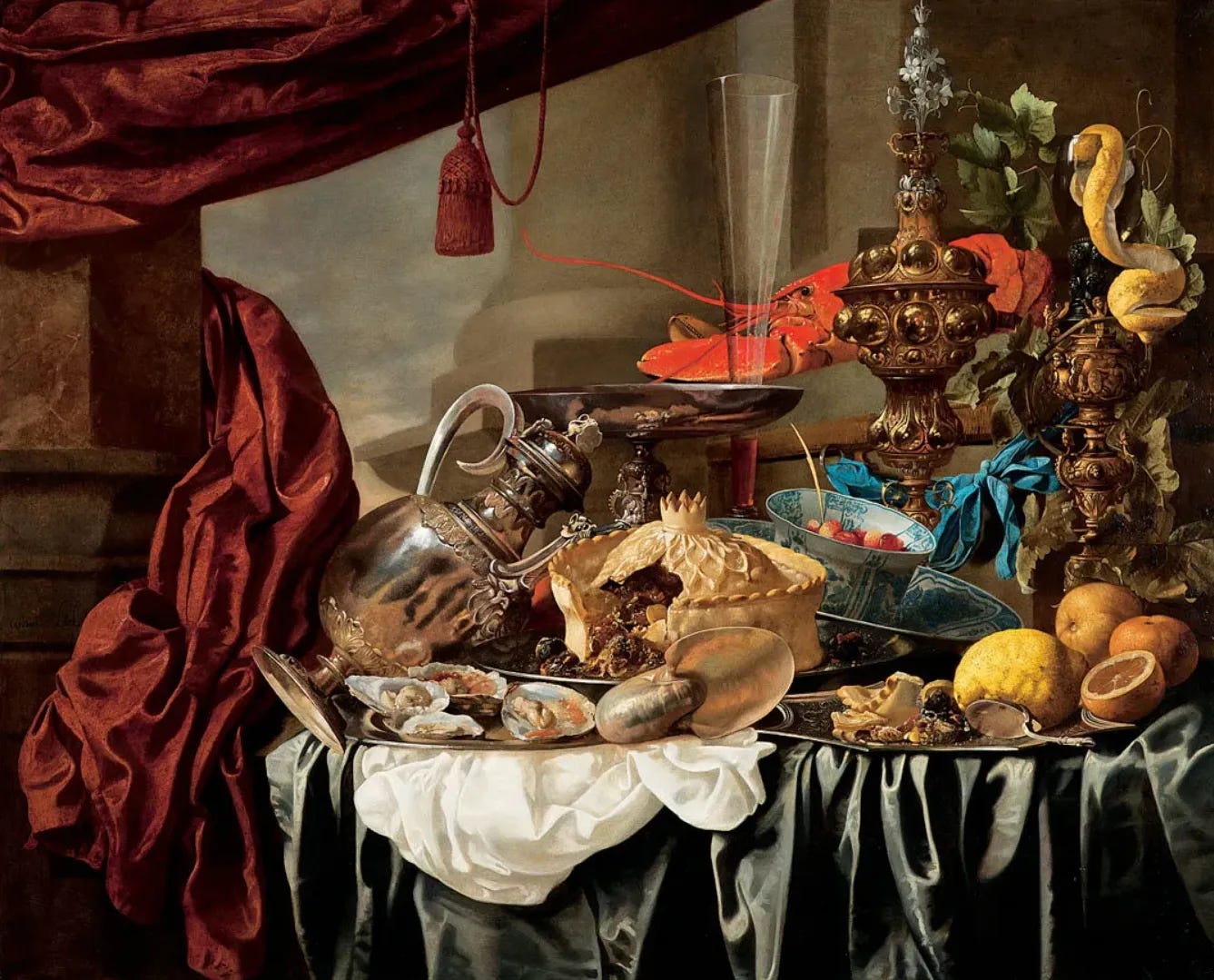That staircase at the Musée des beaux-arts de Montréal
La fois où je suis tombée en amour avec une rampe d’escalier.
What makes for a beautiful building?
In my professional non-expert opinion, a well-designed edifice is one that lets you breathe deeply. Whether you’re inside or outside it, there is something about it that when you look at it, your chest expands to take in more air, and you can’t resist smiling inside.
Is it a matter of proportions? Colours? Angles? Probably. It may also be pre-conditioned by the building’s purpose. In the case of the Michal and Renata Hornstein Pavillon or Peace at the Museum of Fine Arts in Montreal, it feels like all of the above.
I am an inveterate admirer of Johannes Vermeer and will happily let myself be lost in anything from the Dutch (or Flemish) Golden Age. That happens to be Level 3 of the Pavilion, where time stops for me as I feast my eyes on Carstian Luyckx’s still life and other fantastic works.
These days the MMFA is also hosting a special exhibit of Flemish painters around the theme of “Saints, Sinners, Lovers and Fools” which is rightfully billed as a major Canadian event and it’s a shame I was too tired to appreciate it fully when I visited two weeks ago. I shall make another trek down the 417 soon (the exhibit runs until October 20) and start with that one. In particular I want to sit in the room where they have the “Kunstkammern” pieces, that depict rich people sitting in large rooms with their fine art. Very meta.
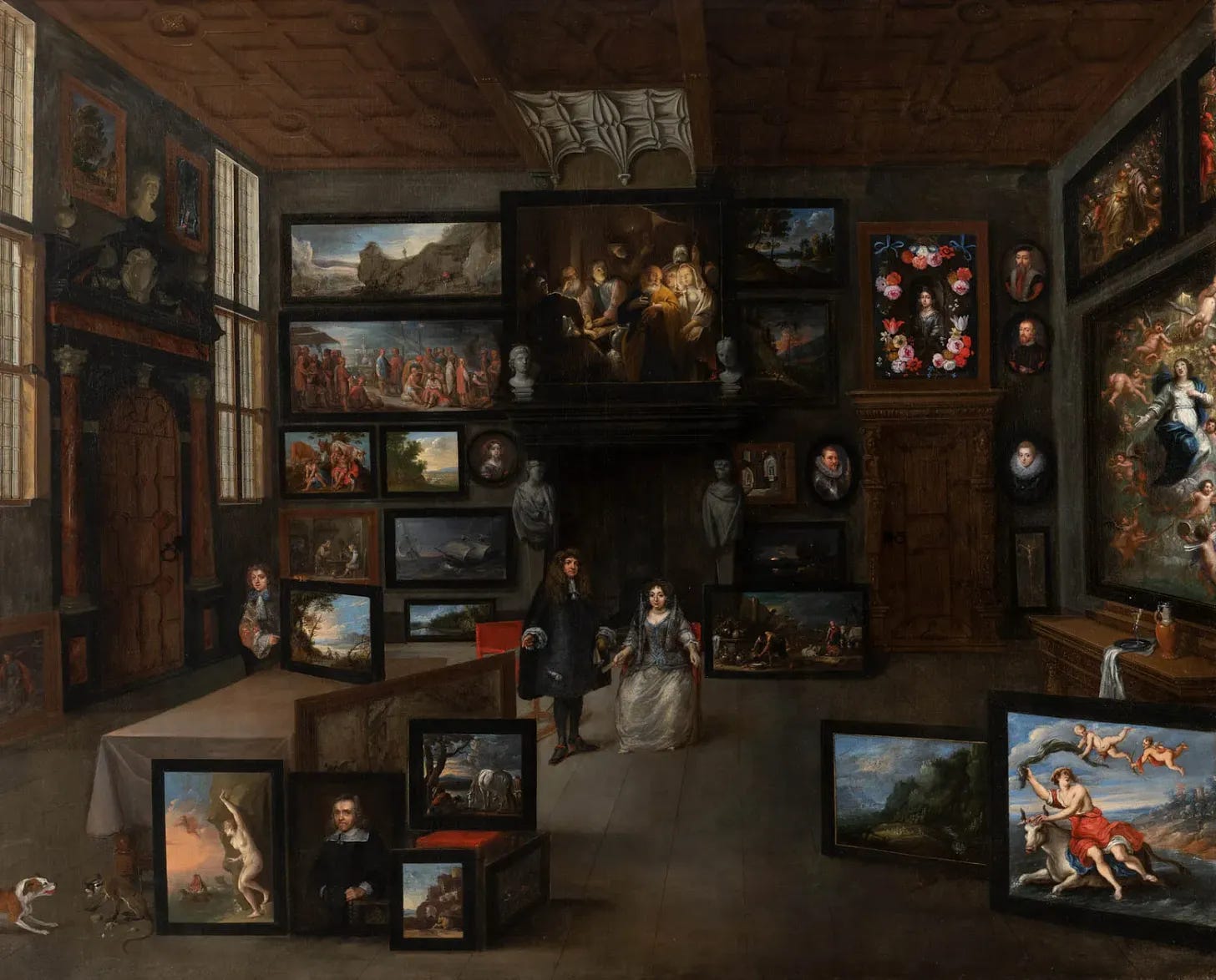

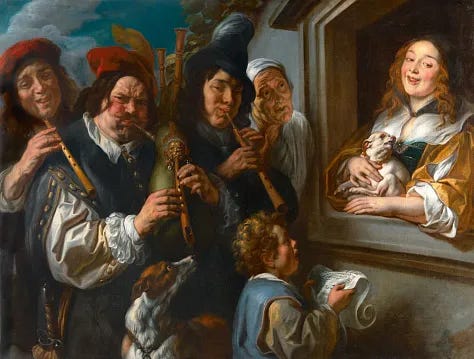

You’d think this remarkable collection of priceless beauty would be enough, but the Pavillon named after Holocaust survivors and long-time benefactors to the Montreal museum is also a wonderful example of generous design, full of space to breathe and light with which to fill your soul.
The Association des Architectes en pratique privée du Québec, in its page dedicated to the pavillon talks about scale and use of space and desire to democratize culture. Mostly because of the staircase that also serves as event and/or social space.
I left half my breath there the first time I went. The purity of the light, the lightness of the materials — including the exquisite hand rail — everything works to nudge you into taking a break from whatever else you think you’re doing and just focus on the magical experience of being fully alive.
That, I submit, is a beautifully designed building.
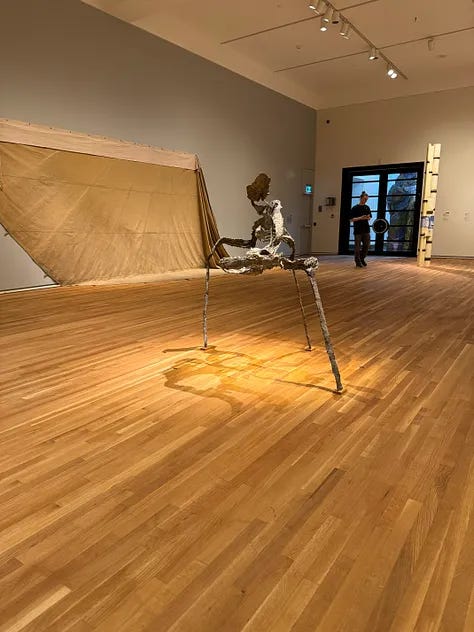
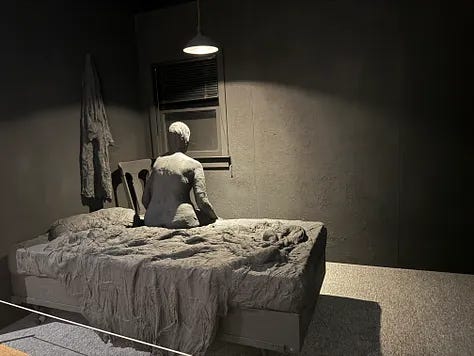
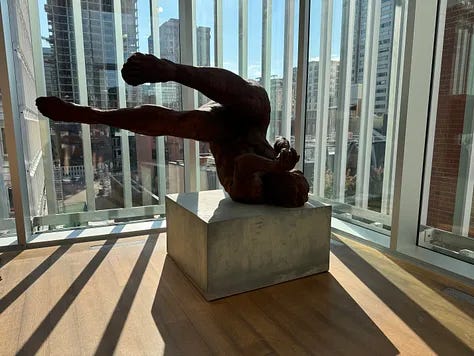
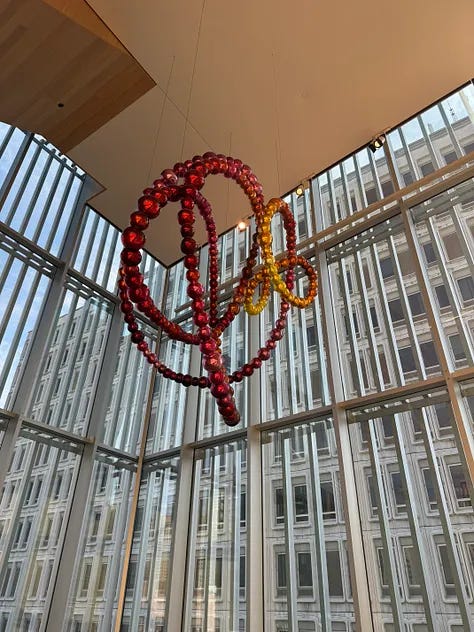
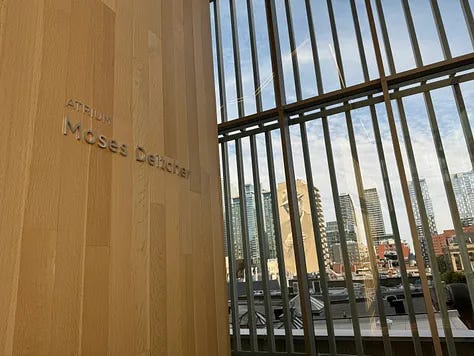
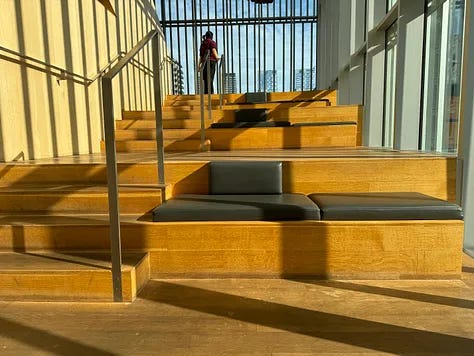
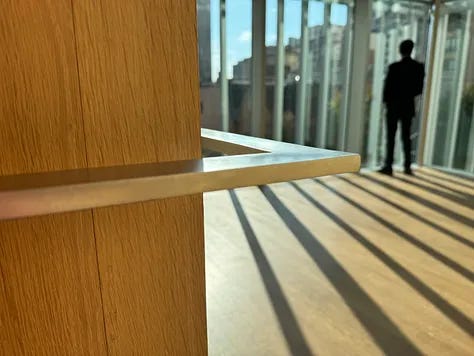
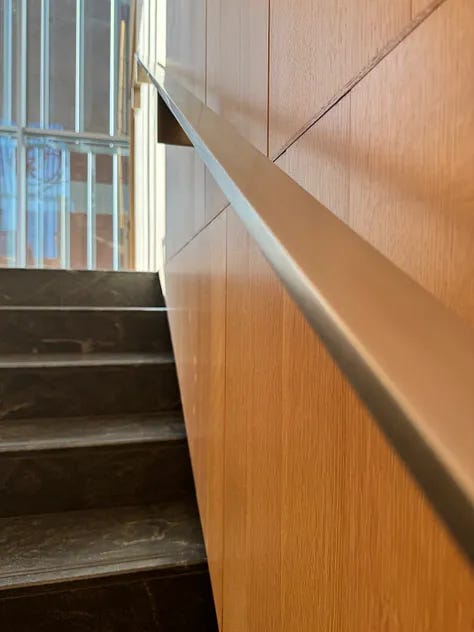
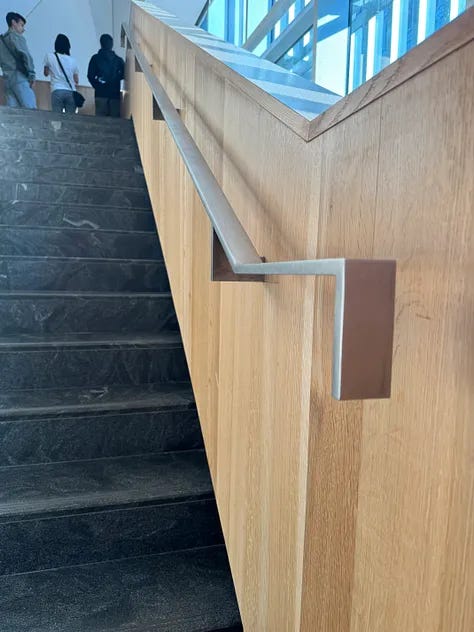
C’est pas pour me vanter mais l’autre jour j’ai organisé une virée à Montréal pour prendre une rampe d’escalier en photo.
Je l’avais spottée l’automne dernier lors d’une visite impromptue au Musée beaux-arts, dans lequel je n’avais pas mis les pieds depuis la fameuse exposition sur les jardins de Monet en 1999. Même Google a de la misère à s’en souvenir, de celle-là.
Le Pavillon pour la paix Michal et Renata Hornstein est tellement bien fait — pas juste comme musée mais aussi comme endroit de rencontre, de socialisation et de réflexion. On y voit le tout centre-ville, et la lumière de fin d’après-midi possède des vertus magiques. Moi, ça me force à m’asseoir quelques minutes et à respirer par le nez, au moins le temps d’apprécier les oeuvres d’une beauté indescriptible qui nous entourent.
Le Pavillon existe depuis 2016 et je me botte le cul de ne pas l’avoir fréquenté avant. Moi qui suis une indécrottable férue d’art hollandais, j’apprécie surtout le troisième étage. Mais il y a tant à découvrir, à voir et à apprécier que j’y retourne bientôt, allez.


